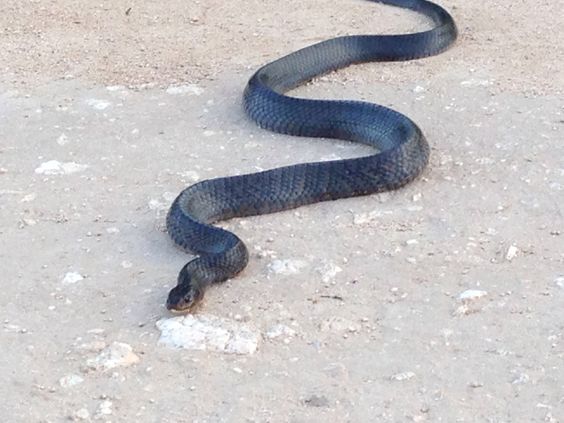

In fact, the young must be wary of adults for fear of becoming prey to larger members of their own species. Juveniles are capable of fending for themselves from hatching, and must do so as they receive no protection from their parents. Like many other harmless colubrids found in this state, Texas indigo snakes are egglayers, and after a short courtship and mating period in the late winter and early spring, the eggs, numbering as few as three and as many as a dozen, are deposited in an underground burrow around 30 days later to incubate until hatching, generally sometime in the early summer. Indigos are not totally immune to rattlesnake venom, as are the kingsnakes, but apparently have adapted a high degree of resistance to it. One specimen alone had three mice, two Mexican burrowing toads, and two juvenile snapping turtles in its stomach contents.Įven venomous snakes such as the Western diamondback rattler are not safe from the indigo snake. Prey items that have been recorded include toads, frogs, salamanders, lizards, turtles, birds, small mammals and other snakes. It will feed on just about any vertebrate animal that it can subdue with its powerful jaws, for unlike many other ophidians that must rely on constriction or venom to obtain their prey, this species relies on sheer strength. Many snake species can be somewhat prey specific when it comes to feeding, but the Texas indigo snake definitely does not fall into that category. It is one of a few serpents that enjoy a certain amount of protection - by law, it is illegal to harm or kill Texas Indigo snakes. Unfortunately, this animal succumbed to a shot in the head with a pellet gun by a fearful resident who was apparently unaware of the species’ protected status in the state of Texas. That particular animal was brought to the San Angelo Nature Center by Texas Parks & Wildlife and was measured at 7-feet, 4-inches in length. It is a common sight near Del Rio in Val Verde county, while it has recently been documented in the town of Sonora in Sutton County. It is found primarily in the mesquite-infested grassland habitat that makes up the Tamaulipan eco-region of South Texas, although it can be found as far north and west as the southern edge of the Edwards Plateau. It is this indigo coloration that gives this animal its name.Īlthough this species is commonly known as the Texas indigo snake, its known range extends deep into Mexico, with only the northern portion of its range extending into this state. Only with a closer inspection is it revealed that rather than being all-black, the front half of the body is mottled with dark brown while along the rear half of the body it actually displays varying shades of blue-black (or indigo).

As with the closely related eastern Indigo snake of Florida, adults of the Texas species appear to be all-black at first glance.

However, most adults are smaller, only averaging between 5½ and 6½ feet in total length. In both length and weight, it is one of the largest species of harmless snake in the state, with adults reaching a maximum recorded length of 8-feet 4¼ -inches and weighing between four and five pounds. The Texas indigo snake (Drymarchon corais erebennus) is a large serpent, and although nonvenomous, its size and coloration can intimidate even the most avid herpetologist. Of course, there are different levels of this fear, and even people who are not absolutely terrified of snakes can be frightened by all black serpents, especially when those serpents are among the largest snake species found in North America. Ophidiophobia - fear of snakes - is a common ailment.


 0 kommentar(er)
0 kommentar(er)
